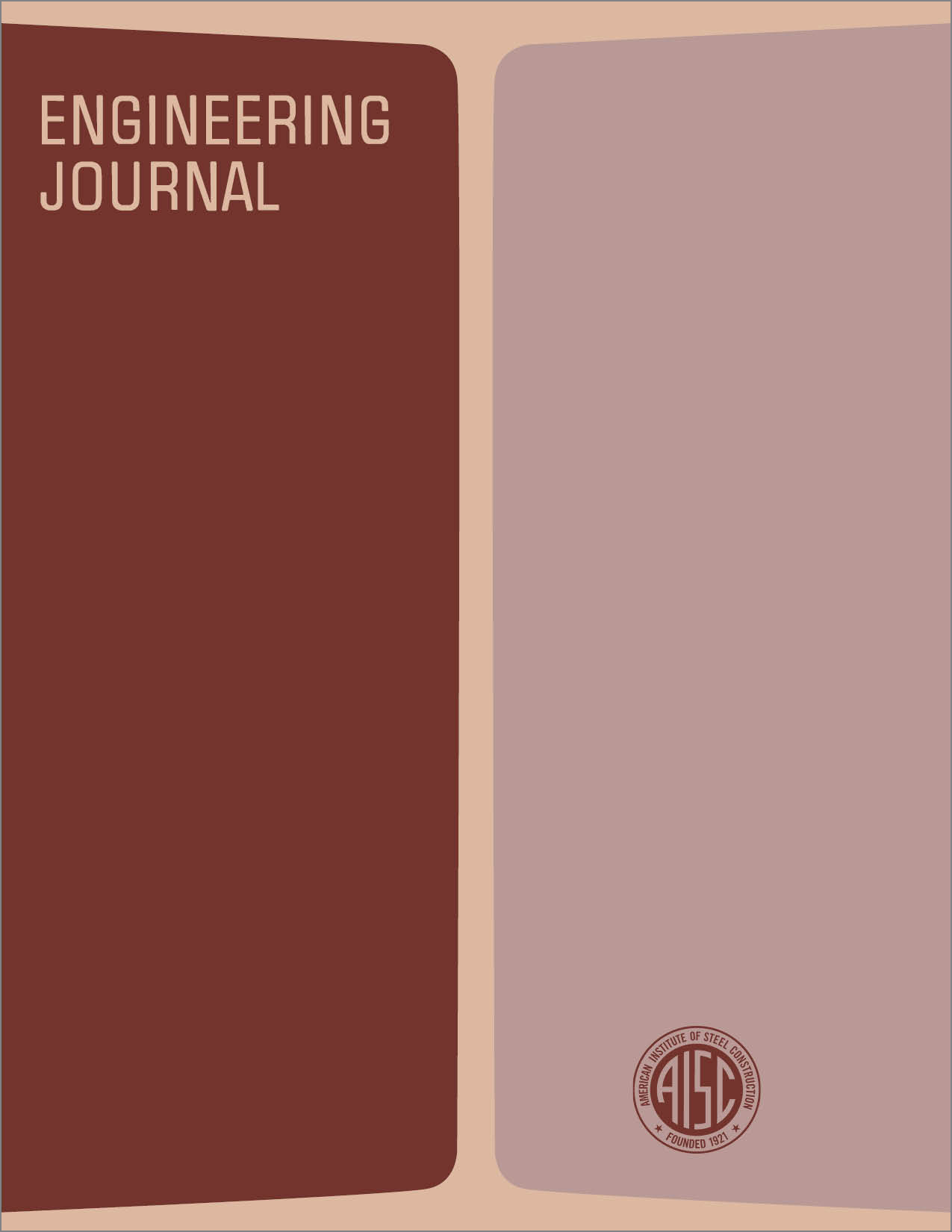Straight-Element Grid Analysis of Horizontally Curved Beam Systems
DOI:
https://doi.org/10.62913/engj.v7i2.143Abstract
Horizontally curved beam systems undoubtedly find their greatest applicability today in the framing of curved highway bridges. Although this paper will utilize in its discussions the specific structural components of a steel I-shaped beam system with a concrete slab deck, the basic principles are applicable to other horizontally curved beam systems. Much research has gone into the theoretical and practical aspects of curved beam analysis. A method will be presented here which will enable a designer to secure sufficiently accurate results by using a method of analysis (more practically a computer method of analysis) with which he is familiar, namely the statically indeterminate analysis of plane grid systems with straight elements. STRESS is probably the most popular computer program for the analysis of indeterminate structures, and reference will be made to a computer program which aids in the preparation of input data for STRESS. A single horizontally curved beam which is not torsionally restrained at the ends is not stable under vertical loads. In curved bridge construction, diaphragms (steel beam or more commonly trussed members, normal to the main beams) provide the transverse load capability necessary for stability by resisting the torsion in the main beams. Because the deck slab frames only into the top flange of the beams, it cannot effectively resist torsional forces in the beam. However, it does provide good lateral load distribution capability by tending to equalize vertical deflections of adjacent beams.

